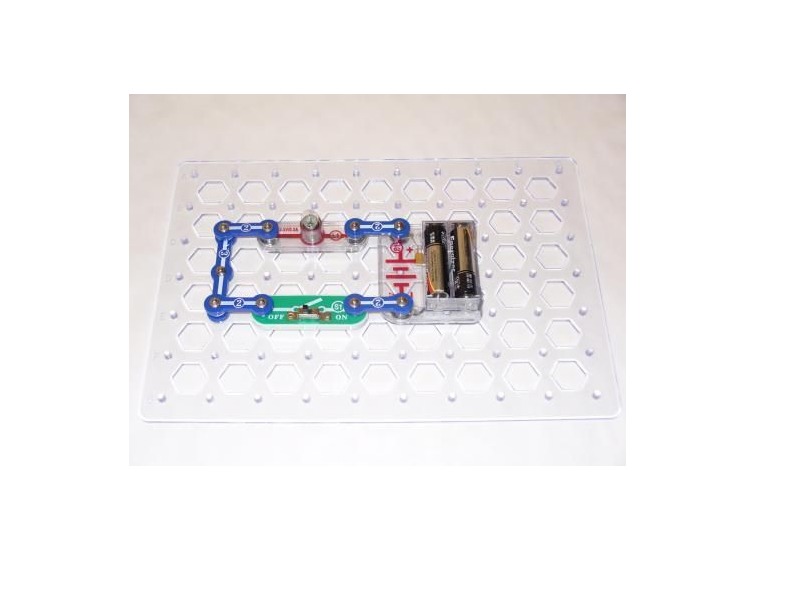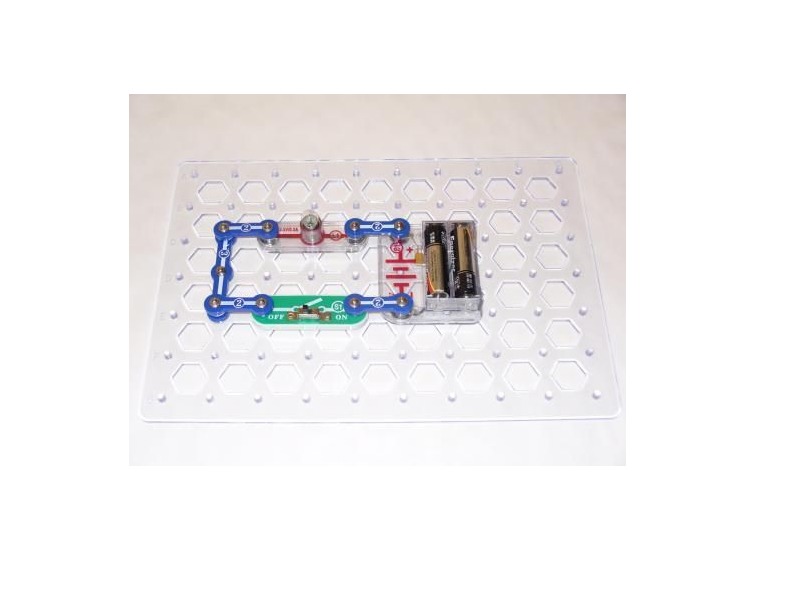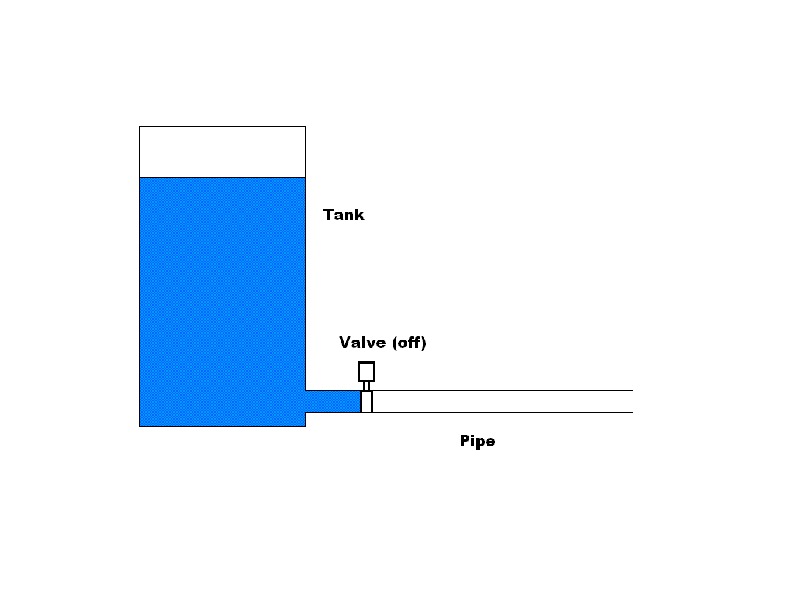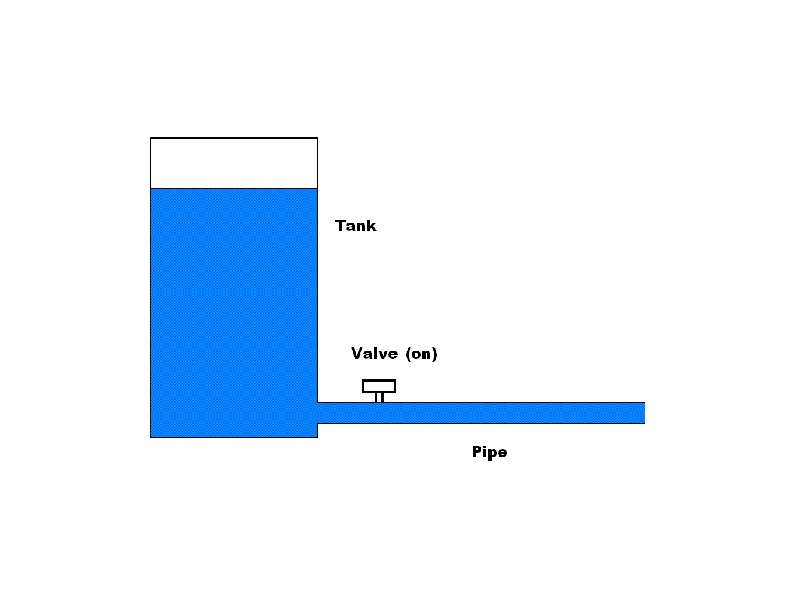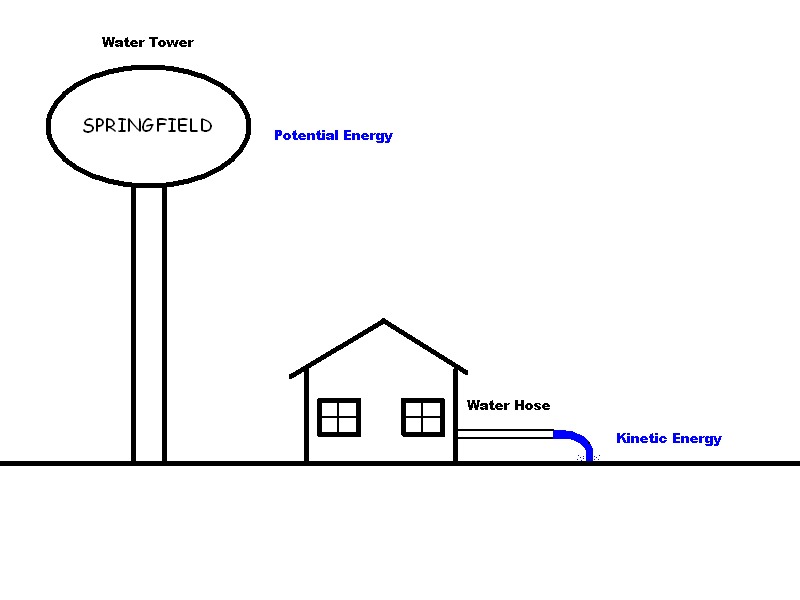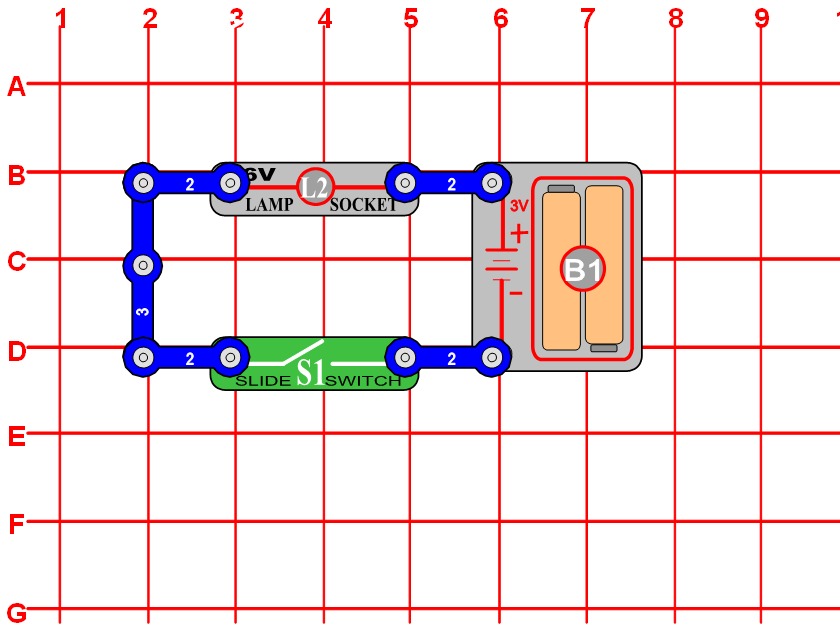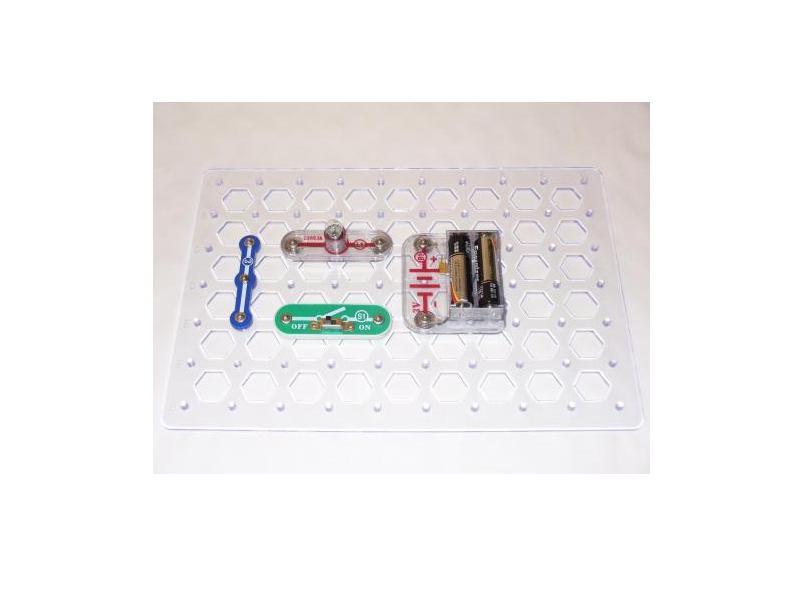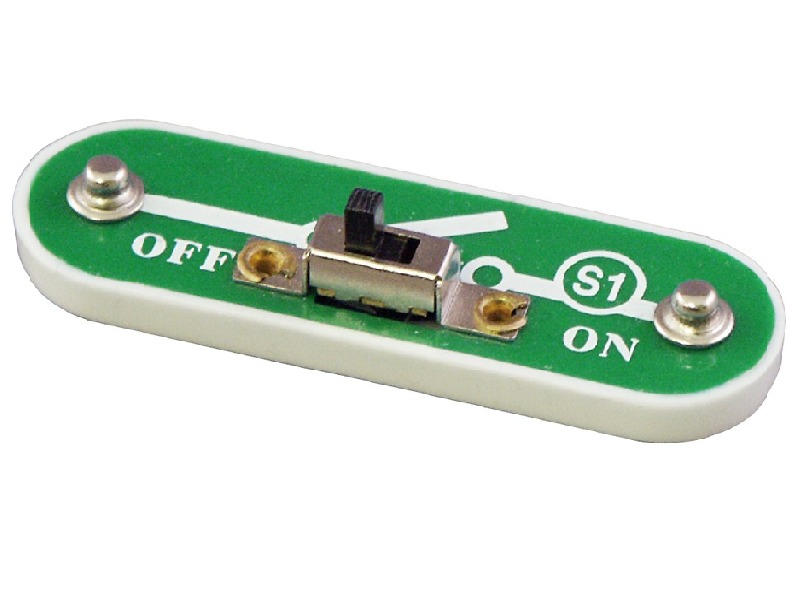In this article you will learn how a single-pole single-throw switch works. You will learn how to build a simple circuit and to understand Direct Current (DC).
I used Snap Circuits to demonstrate this circuit because it is easy for you to understand what’s going on in a circuit as you learn by doing; that is, you learn about electronics by actually building the circuits.
Snap Circuits is an educational toy that teaches electronics with solderless snap-together electronic components. Each component has the schematic symbol and a label printed on its plastic case that is color coded for easy identification. They snap together with ordinary clothing snaps. The components also snap onto a 10 X 7 plastic base grid analogous to a solderless breadboard.
All the kits include manuals printed in color with easy-to-follow diagrams to assemble the projects. The illustrations for each project look almost exactly like what the components will look like on the base grid when finished. Because the electronic symbol is printed on each electronic component, once the project is completed it will look almost exactly like an electronic schematic.
All parts come from the Snap Circuits Extreme 750 set available at RadioShack or individual parts can be ordered here.


